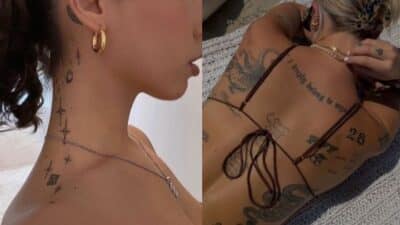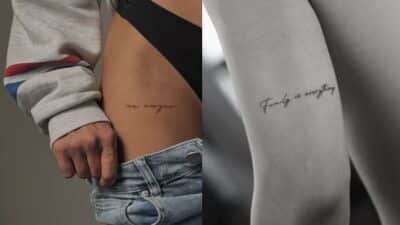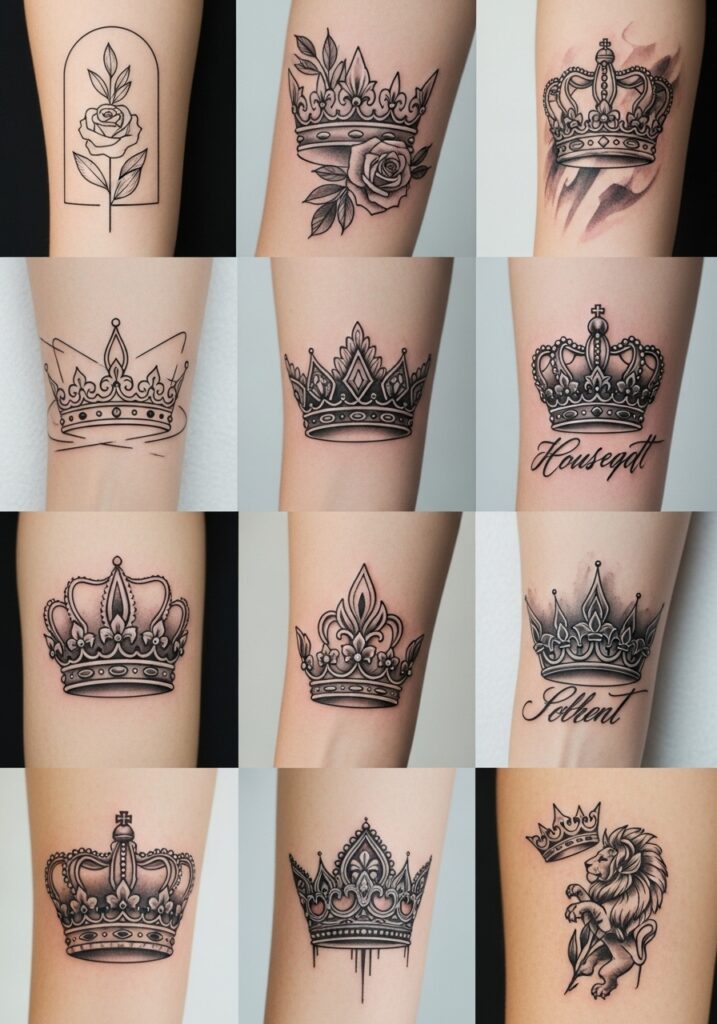
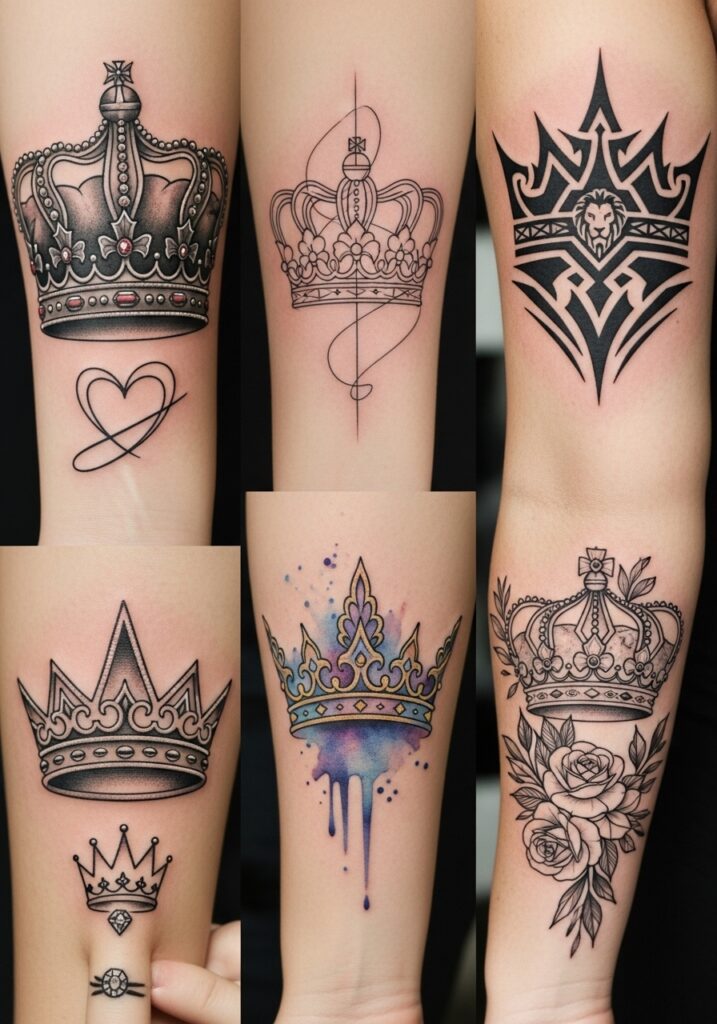
For millennia, the crown has stood as an unequivocal emblem of power, sovereignty, achievement, and regal authority. From ancient pharaohs to European monarchs, its very form communicates a profound narrative of leadership, dignity, and elevated status. In contemporary society, this potent symbol has transcended its historical context, finding a compelling new expression in the art of tattooing. For discerning individuals, a professional crown tattoo design is far more than mere body art; it is a declaration of personal sovereignty, a constant reminder of inner strength, aspirations, and the inherent worth they hold.
Choosing a crown tattoo is a deliberate act, a conscious decision to adorn oneself with a symbol that resonates deeply with personal values. It speaks to a mature understanding of self, a recognition of one’s own capabilities, and a commitment to carrying oneself with a certain dignity and purpose. This article delves into the multifaceted world of crown tattoo designs, exploring their rich symbolism, intricate design elements, strategic placement considerations, and the professional insights necessary to transform this powerful concept into a truly exceptional and enduring piece of art.
The Enduring Symbolism of the Crown in Contemporary Context
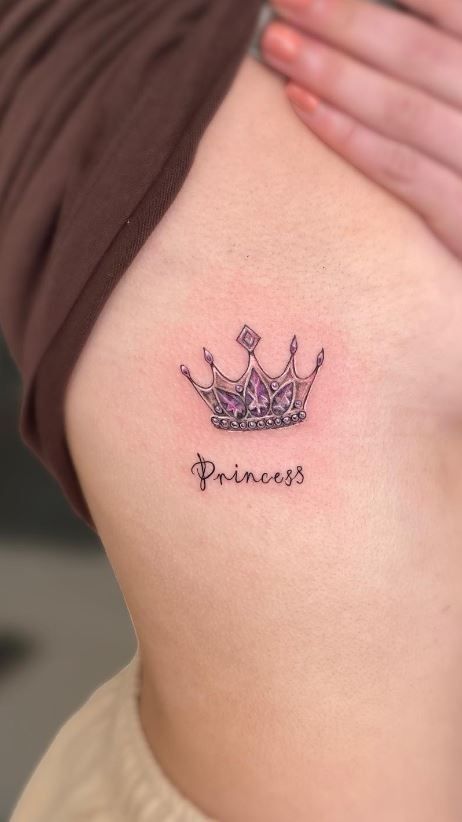
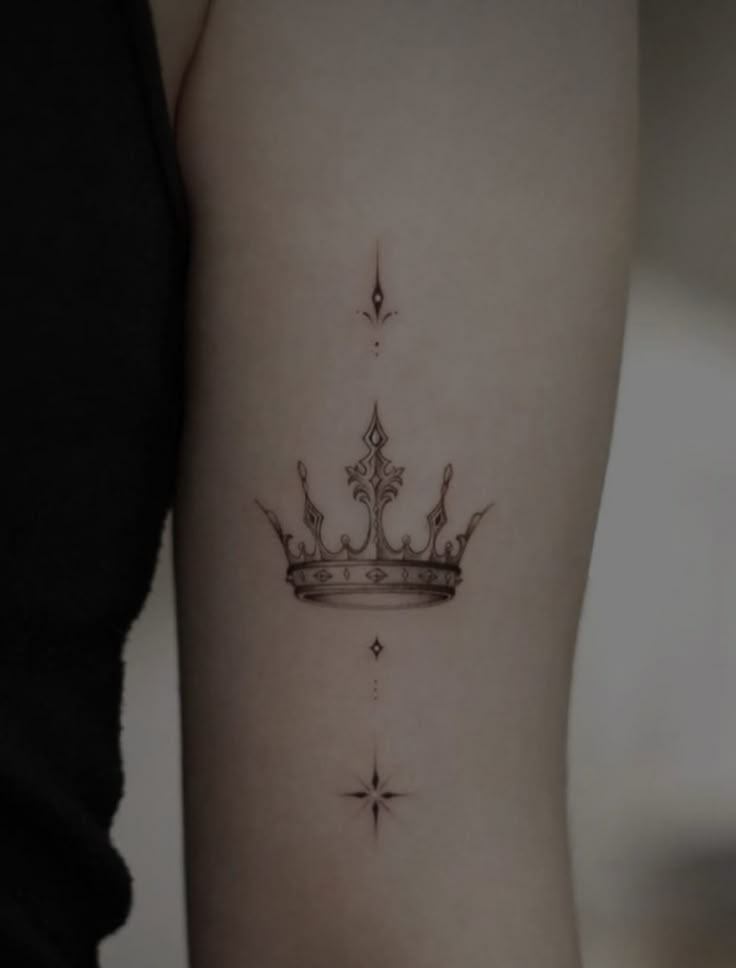
The allure of the crown is timeless, rooted in human history across diverse cultures. Historically, crowns signified divine right, leadership, victory in battle, and the ultimate position within a societal hierarchy. They were objects of immense value, often adorned with precious jewels, reflecting the wealth and power of the wearer.
In the modern era, while literal monarchies may be less pervasive, the symbolism of the crown remains deeply resonant. For many, it translates into a powerful personal metaphor:
- Self-Sovereignty and Personal Power: A crown tattoo can represent taking control of one’s own destiny, ruling one’s life, and asserting independence. It’s a reminder that you are the monarch of your own existence.
- Achievement and Success: It can mark a significant accomplishment, a hard-won victory, or the culmination of a long journey. The crown becomes a permanent medal of honor.
- Dignity and Self-Worth: For those who have overcome challenges or struggled with self-esteem, a crown can symbolize rediscovered value, a commitment to self-respect, and an affirmation of one’s inherent nobility.
- Leadership and Responsibility: It can signify a natural leadership quality, a sense of responsibility towards oneself and others, or an aspiration to guide and inspire.
- Resilience and Overcoming Adversity: Wearing a crown can be a testament to enduring hardship and emerging stronger, symbolizing an unbreakable spirit.
- Spiritual Connection: For some, it might connect to a higher self, divine guidance, or the concept of spiritual royalty inherent in every individual.
- Honor and Respect: It can be a tribute to someone respected, a family legacy, or a personal code of conduct.
Understanding these layers of meaning is crucial for discerning individuals approaching a crown tattoo. It transforms the design from a mere picture into a profound personal statement.
The Evolution and Versatility of Crown Tattoo Designs
Crown tattoo designs have evolved significantly, moving beyond simple, literal interpretations to encompass a vast array of styles and artistic expressions. This versatility allows for deep personalization, ensuring each tattoo can be as unique as the individual wearing it.
From Traditional Opulence to Modern Minimalism

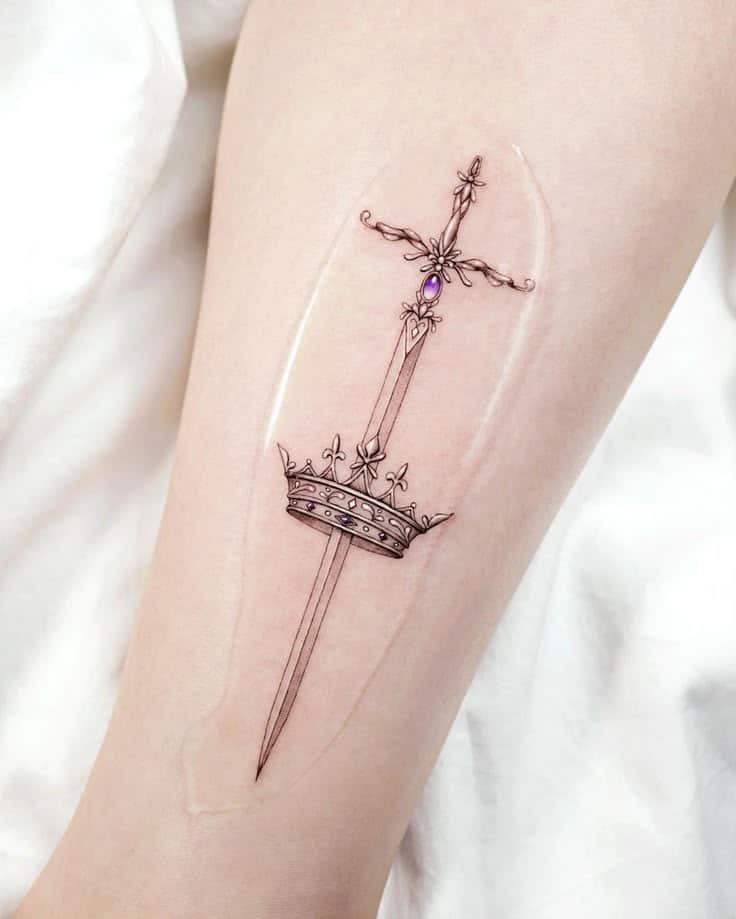
- Traditional and Realistic Crowns: These designs often mirror historical royal crowns, complete with intricate filigree, simulated jewels (rubies, sapphires, diamonds), and rich textures. They are characterized by their detailed shading and often evoke a sense of grandeur and historical authenticity. These designs are often chosen by those who appreciate classic elegance and the literal representation of royalty.
- Minimalist Crowns: In stark contrast, minimalist crown tattoos utilize clean lines, simplified forms, and negative space to convey the essence of a crown without excessive detail. These are subtle yet powerful, perfect for those who prefer understated elegance and a symbolic whisper rather than a loud declaration. They work exceptionally well in smaller placements.
- Geometric and Abstract Crowns: These designs incorporate geometric shapes, sharp angles, and abstract interpretations of a crown, appealing to individuals with a contemporary aesthetic. They often blend modern art sensibilities with ancient symbolism, creating a unique visual paradox.
Incorporating Complementary Elements
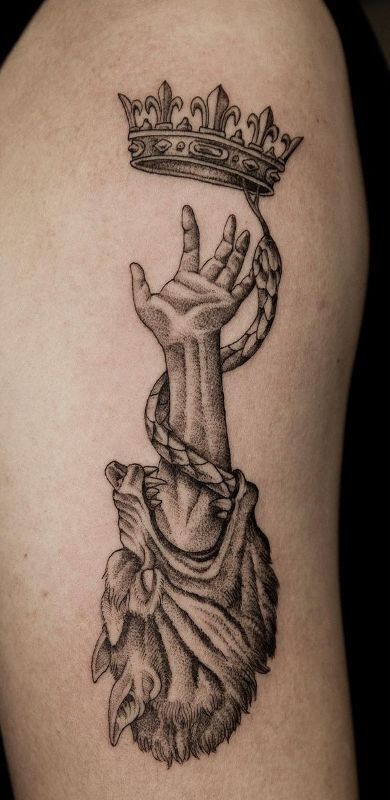
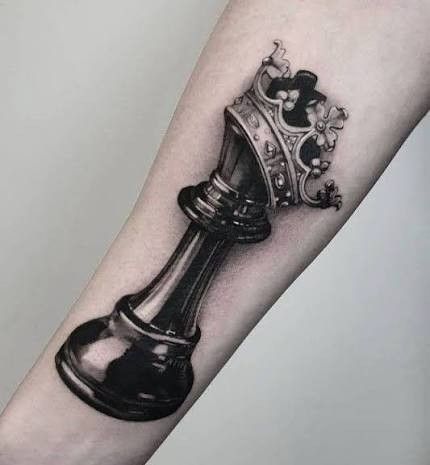
The crown rarely stands alone in professional tattoo designs. Its symbolism is often amplified and personalized through the integration of other meaningful elements:
- Animals: Lions (courage, leadership), eagles (freedom, vision), wolves (loyalty, intuition), or serpents (wisdom, transformation) can be powerful companions to a crown, lending their intrinsic qualities to the overall message.
- Flora: Roses (love, beauty, royalty), lilies (purity, majesty), or laurel wreaths (victory, honor) can soften the crown’s austerity or add layers of specific meaning. A laurel wreath, in particular, offers a classical nod to achievement and triumph.
- Symbols of Authority/Justice: Swords (strength, justice), scales (balance), or keys (unlocking potential, knowledge) can be integrated to reinforce specific aspects of power or responsibility.
- Personal Inscriptions: Dates, initials, significant quotes, or names can be subtly woven into the design, rendering the crown a deeply personal talisman.
- Religious or Spiritual Motifs: Crosses, crescents, or mandalas can be combined with a crown to signify divine authority, spiritual enlightenment, or a connection to a higher power.
The skill of the tattoo artist lies in seamlessly blending these elements, ensuring visual harmony and profound conceptual depth. Exploring various drawing inspirations can help individuals conceptualize how different elements can converge to tell a unique story.
Key Design Elements for Professional Crown Tattoos
Creating a truly distinguished crown tattoo involves a meticulous selection of design elements that contribute to its overall aesthetic and symbolic impact.
Understanding Crown Archetypes
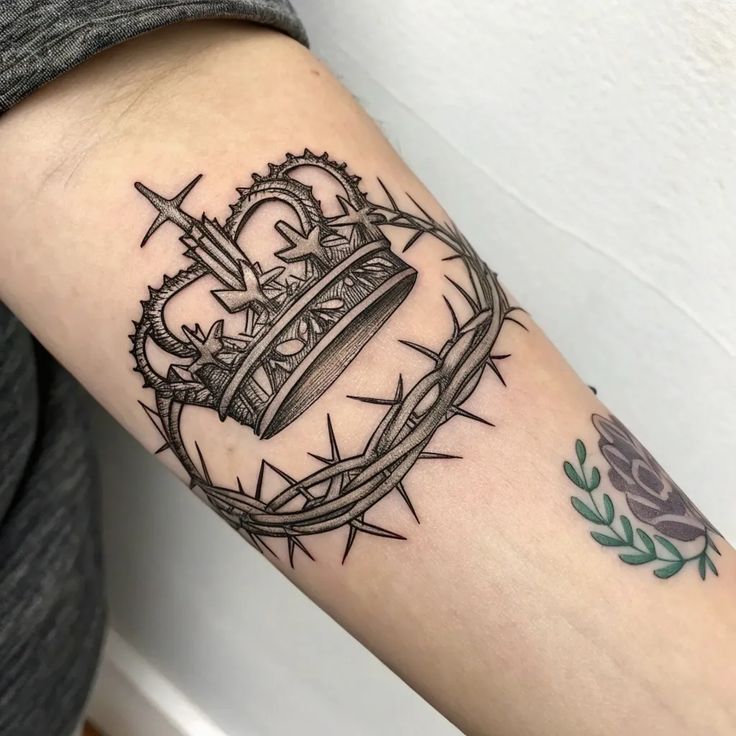

Different crown styles carry distinct historical and cultural connotations:
- Imperial Crowns: Often large and ornate, featuring multiple arches and a globe or cross at the apex (e.g., the Holy Roman Empire crown). These convey expansive power, dominion, and a broad scope of influence.
- Royal Crowns: Typically less elaborate than imperial crowns but still rich in detail, often featuring fleurs-de-lis, crosses, and precious stones (e.g., British monarchy crowns). These symbolize traditional sovereignty, lineage, and established authority.
- Laurel Wreaths: A classical symbol of victory, honor, and poetic achievement, particularly in ancient Greece and Rome. While not a literal crown, its symbolism aligns closely with recognition and success.
- Tiara/Diadem: Often associated with femininity, grace, and nobility. These pieces are typically lighter, more delicate, and can symbolize elegance, beauty, and a gentle form of royalty or personal triumph.
- Modern/Conceptual Crowns: These designs break free from historical constraints, employing abstract shapes, minimalist lines, or futuristic aesthetics to represent a contemporary form of leadership or self-worth.
Color Palette and Shading Techniques
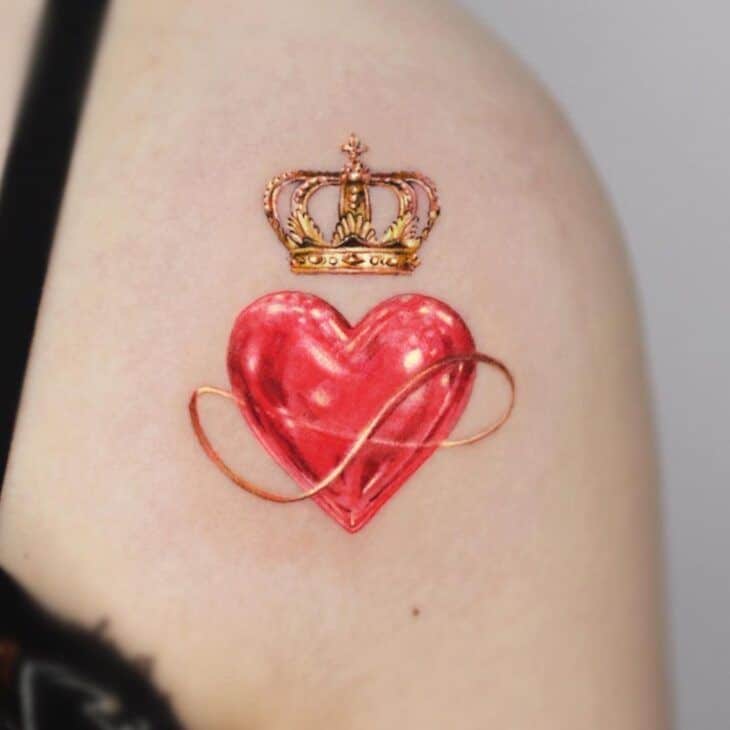
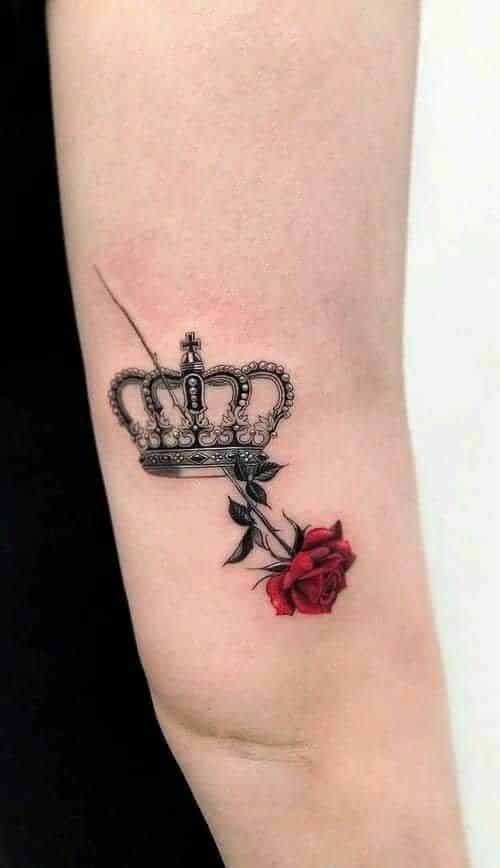
The choice of color and the application of shading are paramount in defining the mood and realism of a crown tattoo.
- Traditional Metallic Hues: Gold and silver remain classic choices, conveying wealth, prestige, and timeless elegance. These colors can be rendered with exceptional depth through expert shading, creating a metallic sheen that catches the eye.
- Vibrant Gem Tones: Integrating jewel colors like ruby red, sapphire blue, emerald green, or amethyst purple can add richness, symbolize specific virtues (e.g., red for passion, blue for truth), and enhance the crown’s opulent appeal.
- Black and Grey Realism: For those who prefer a more subdued yet equally powerful aesthetic, black and grey shading can create incredible depth, texture, and a sculptural quality. This approach emphasizes form and shadow, often giving the crown a more enduring, almost etched-in-stone appearance.
- Fine Line and Dotwork: These techniques are particularly effective for minimalist or intricate designs. Fine lines create delicate details, while dotwork (stippling) can build texture, shadow, and a unique, almost ethereal quality, particularly for smaller crown tattoos.
When considering the aesthetic coherence of such a significant piece of art, understanding how to choose the perfect color palette for your brand can provide analogous insights into ensuring visual harmony and impactful messaging in your tattoo design.
Choosing the Right Placement: A Strategic Decision
The placement of a crown tattoo is not merely an aesthetic choice; it’s a strategic decision that influences visibility, personal meaning, and how the tattoo interacts with the body’s natural contours. For discerning individuals, this choice is as important as the design itself.
Visibility vs. Discretion
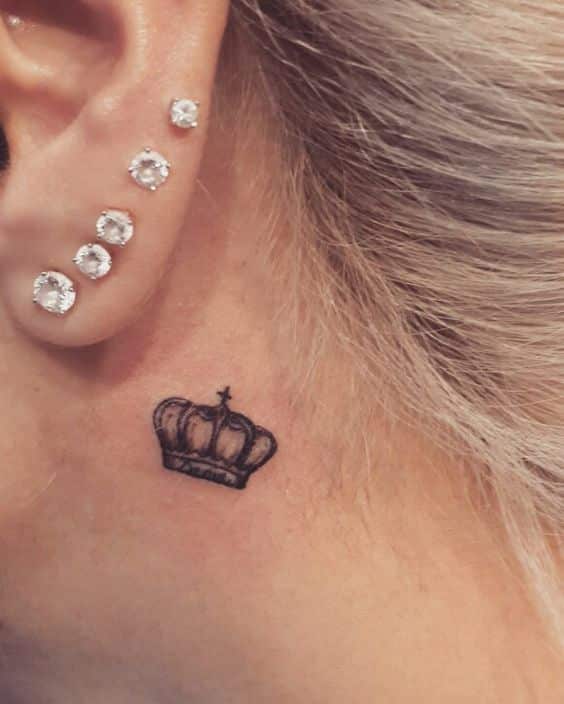
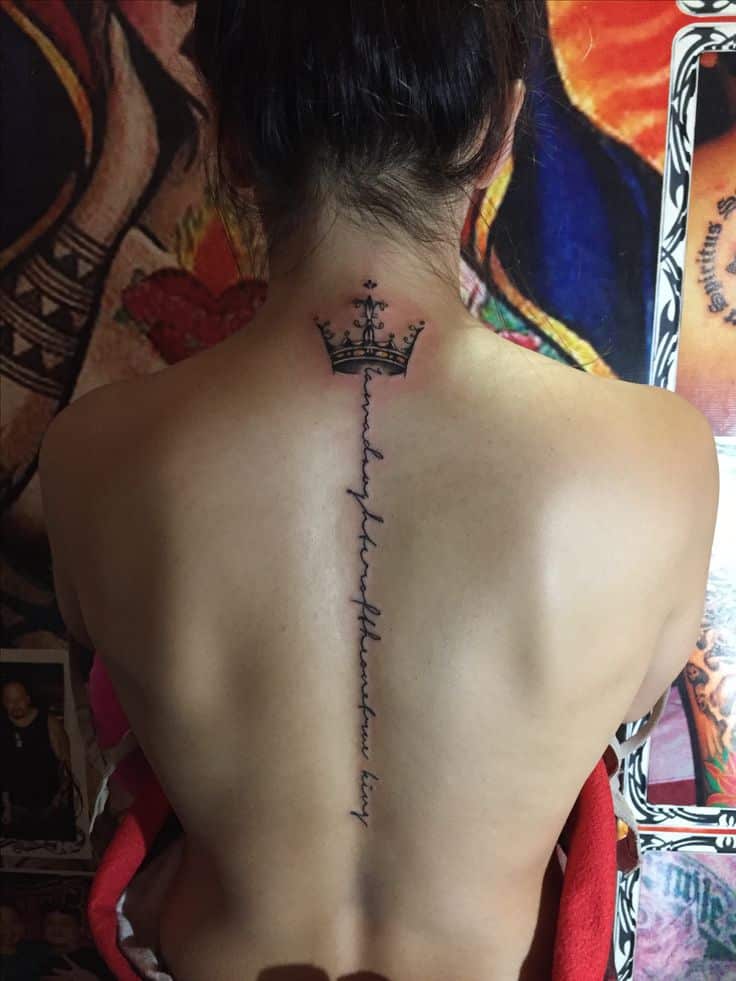
- Highly Visible Areas (Forearm, Hand, Neck): These placements ensure the crown is frequently seen, serving as a constant personal reminder or a public statement. They are chosen by those who want their symbol of sovereignty to be openly acknowledged.
- Moderately Visible Areas (Wrist, Ankle, Upper Arm): These offer a balance, allowing the tattoo to be seen when desired but easily covered in professional or formal settings.
- Discreet Areas (Rib Cage, Back, Thigh): These placements are chosen for deeply personal reasons, making the crown a private emblem. The tattoo serves as an inner source of strength, its meaning primarily for the wearer.
Common Placements and Their Symbolic Resonance
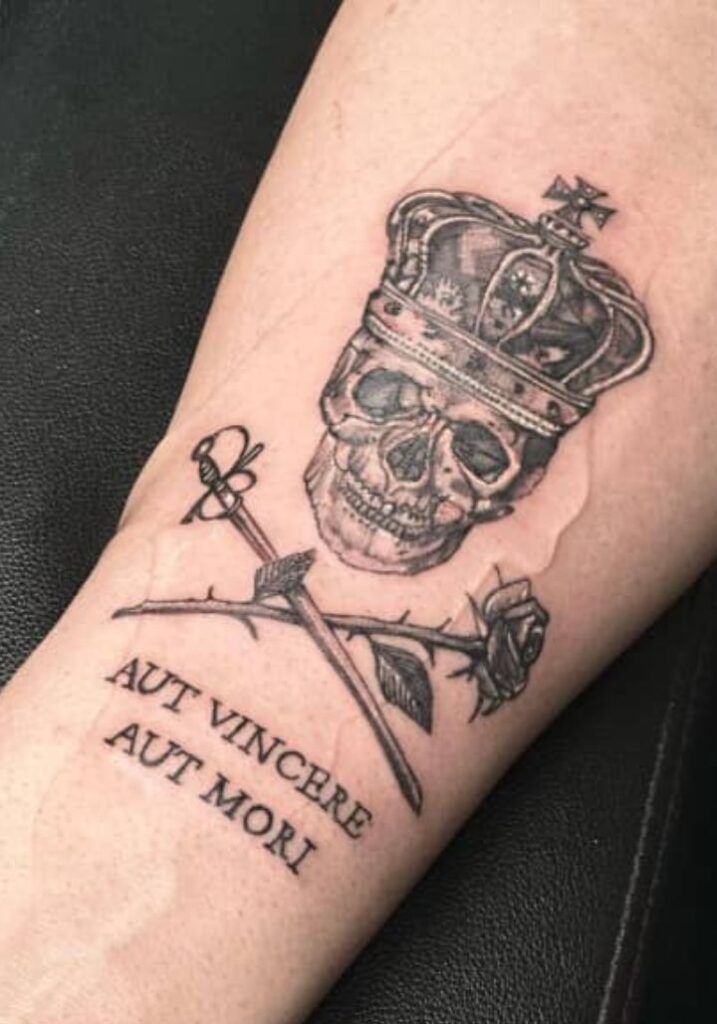

- Wrist/Forearm: A popular choice for its visibility and ease of viewing by the wearer. It often symbolizes a constant reminder of personal strength, self-worth, or a commitment to one’s goals.
- Neck/Behind the Ear: A more subtle yet intimate placement. A small crown here can represent a “whisper” of royalty, a quiet confidence, or something deeply personal kept close to the mind.
- Shoulder/Upper Arm: Ideal for larger, more detailed crown designs, especially when combined with other elements like animals or wings. This placement often signifies strength, protection, or the ‘burden’ and honor of leadership.
- Back/Rib Cage: Provides a large, flat canvas for elaborate, sprawling designs. This is often chosen for highly personal or deeply symbolic pieces, as it’s typically hidden and reserved for intimate viewing. A crown on the back can represent a foundation of strength or a ‘burden’ of responsibility carried with pride.
- Finger: For minimalist crowns, a finger tattoo is a delicate yet powerful statement. It can symbolize a personal vow, a continuous commitment to self-worth, or a subtle nod to one’s regal inner state.
- Chest (over the heart): A profoundly meaningful placement, signifying that the crown’s symbolism is intrinsically tied to one’s core being, values, or emotions. It’s often chosen for very personal, deeply cherished meanings.
The artist’s skill in adapting the design to the chosen body part is crucial. They will consider how the crown’s lines flow with muscles, bones, and natural curves, ensuring the tattoo looks harmonious and remains aesthetically pleasing over time.
The Professional Tattoo Artist: Your Partner in Crafting Regal Art
Selecting the right tattoo artist is arguably the most critical step in acquiring a professional crown tattoo design. This is not merely a transaction; it’s a collaborative artistic process that demands trust, skill, and a shared vision.
Importance of Expertise and Specialization


A crown tattoo, particularly one with intricate details, requires a high level of artistic proficiency. Look for an artist who demonstrates:
- Exceptional Line Work: Clean, consistent lines are foundational to any quality tattoo, especially for the geometric precision often found in crowns.
- Mastery of Shading and Depth: The ability to create realistic textures, metallic sheens, and three-dimensional effects is crucial for making the crown appear substantial and regal.
- Detail Orientation: Fine filigree, gem facets, and small complementary elements require an artist with a keen eye for detail and steady hand.
- Understanding of Symbolism: While you bring the core meaning, an artist who understands cultural symbols can offer valuable input on how to best represent your vision visually.
Researching artists whose portfolios showcase similar intricate or symbolic work is vital. Pay close attention to their previous pieces, looking for consistency in quality and style. Just as a designer develops a unique style for projects, artists often have distinct approaches that align with certain aesthetic preferences. Observing a woman drawing sketches reveals the foundational skill and meticulous planning that precedes the final artwork.
The Consultation Process: Bringing Your Vision to Life
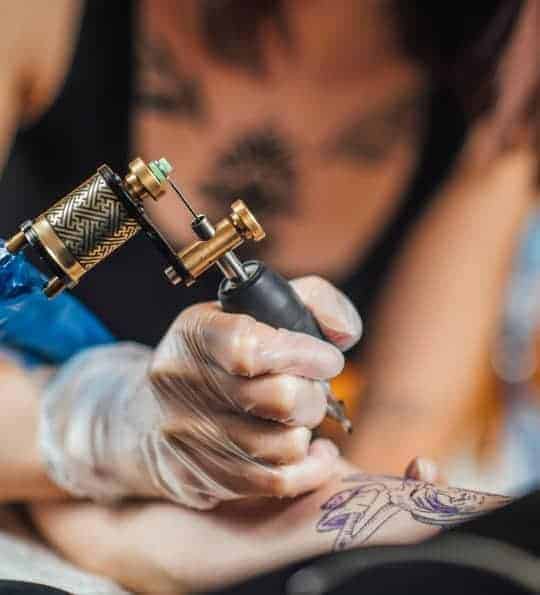
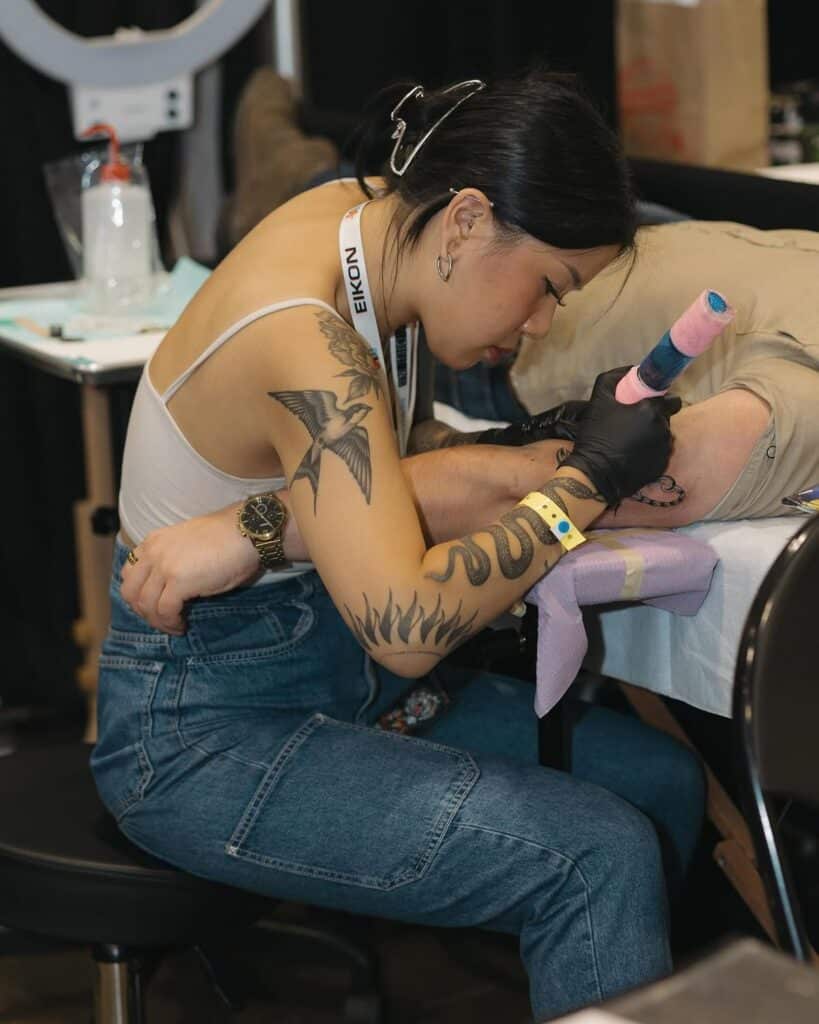
A professional tattoo artist will insist on a thorough consultation. This initial meeting is your opportunity to:
- Articulate Your Vision: Clearly communicate the specific meaning you want your crown to convey, any complementary elements you envision, and your preferred style (realistic, minimalist, geometric).
- Discuss Placement and Size: The artist will advise on how the design can best fit the chosen body part, considering its shape, movement, and how the tattoo will age.
- Review Design Sketches: Most artists will create custom sketches based on your input. This iterative process allows for refinements and ensures the final design aligns perfectly with your expectations. Don’t hesitate to provide feedback.
- Understand Pricing and Scheduling: Get a clear estimate and understand the booking process.
- Assess Artist-Client Rapport: A good relationship with your artist fosters confidence and leads to a better outcome. You should feel comfortable asking questions and expressing concerns.
Hygiene and Safety: Non-Negotiable Standards

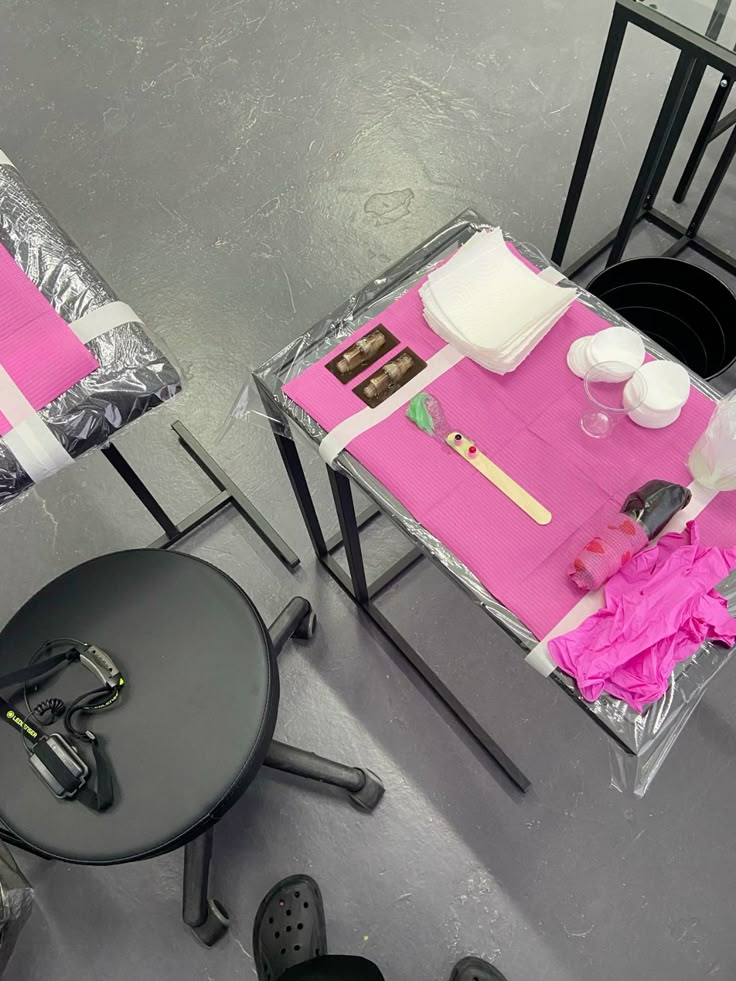
Beyond artistic skill, ensuring the tattoo studio adheres to the highest hygiene and safety standards is paramount. Verify that the artist:
- Operates in a clean, sterile environment.
- Uses single-use, disposable needles and tubes.
- Wears gloves throughout the process.
- Utilizes professional-grade, sterilized equipment.
- Follows all local health regulations.
A truly professional experience prioritizes both artistic excellence and client well-being.
Personalizing Your Regal Statement
While the crown itself carries universal symbolism, the true elegance of a professional crown tattoo lies in its personalization. Discerning individuals seek designs that are not just aesthetically pleasing but deeply resonate with their unique journey and identity.
Integrating Unique Elements
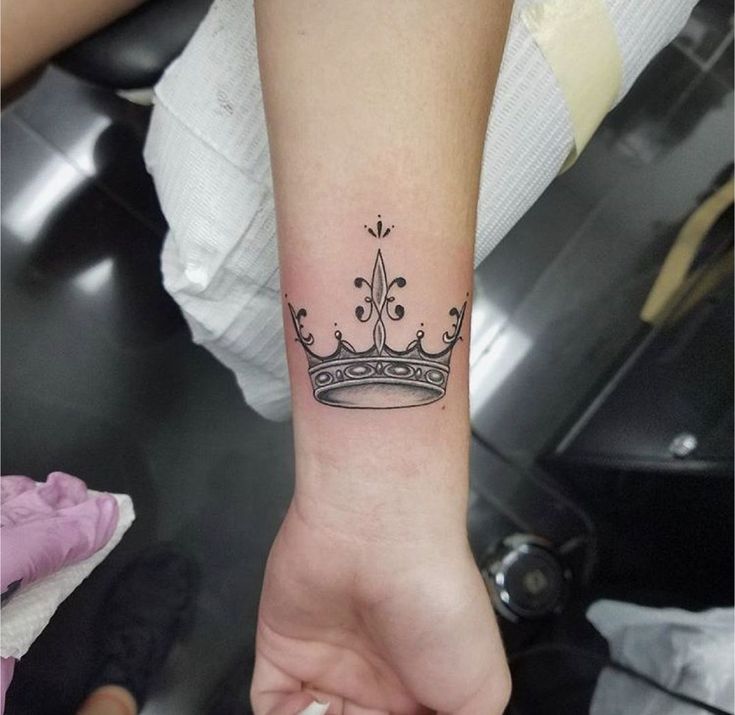

Think beyond the basic crown outline. What makes your crown distinctly yours?
- Birthstones or Colors: Incorporating the color of your birthstone or a color with personal significance can infuse the design with individual meaning.
- Cultural or Ancestral Motifs: If your heritage has specific royal or leadership symbols, subtly weaving these into the crown design can honor your roots.
- Abstract Representations: Perhaps the crown isn’t literally a crown, but a series of interconnected symbols that, to you, represent sovereignty. This might involve intricate patterns or mandalas.
- Dates or Roman Numerals: Significant dates – a personal triumph, the birth of a child, an anniversary – can be elegantly integrated into the crown’s band or base.
- Quotes or Words: A short, powerful quote or a single word that embodies your philosophy can be subtly placed within or around the crown.
- Personalised Accents: Consider adding elements that are uniquely you. For instance, if you’re a writer, a quill might be incorporated. If you’re passionate about the ocean, subtle wave patterns. This level of customization ensures your crown tattoo becomes a genuine reflection of your personality. The principles of effective logo design ideas can be a surprisingly useful analogue here, as both involve distilling complex meanings into a memorable and impactful visual.
The Iterative Design Process
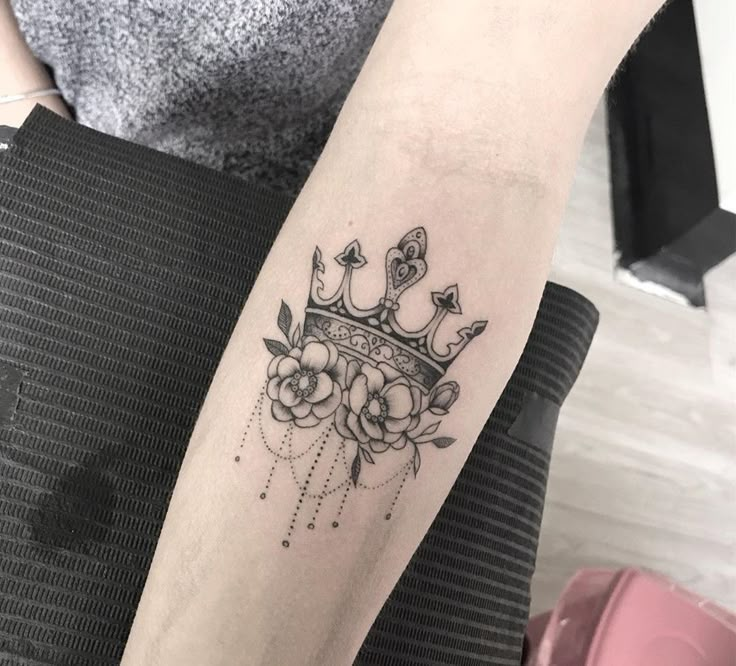

Achieving this level of personalization often involves several rounds of discussion and sketching with your artist. Don’t rush the process. A skilled artist will appreciate your thoughtfulness and work with you to refine the concept until it perfectly captures your essence. This collaboration is where the magic happens, transforming a generic symbol into a truly bespoke piece of art.
Aftercare and Longevity: Preserving Your Regal Art
A professional crown tattoo is an investment—in art, in self-expression, and in a deeply personal statement. Ensuring its longevity and vibrancy requires diligent aftercare and ongoing maintenance. Neglecting these steps can compromise the artwork, causing fading, blurring, or even infection.
Immediate Aftercare: The Healing Phase
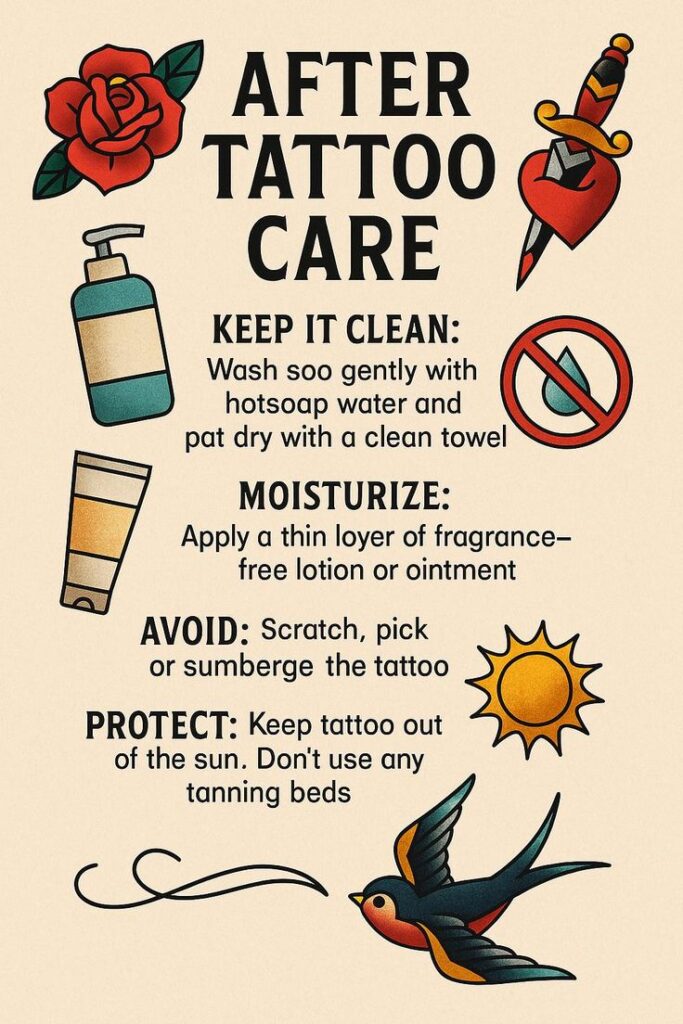
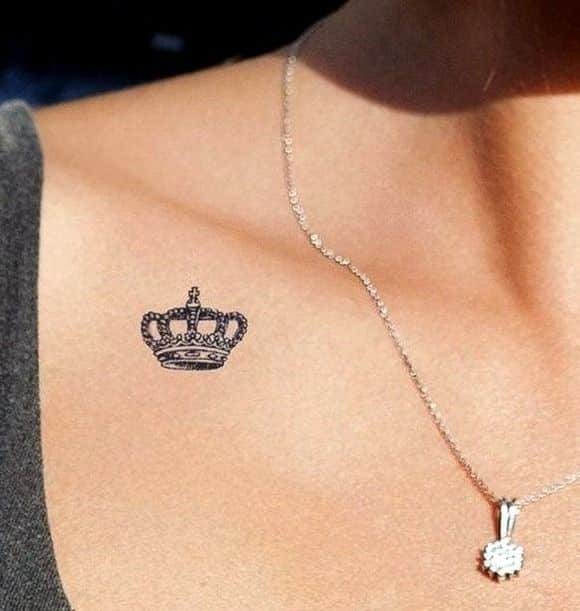
The first few weeks after getting tattooed are critical for proper healing. Your tattoo artist will provide specific instructions, which typically include:
- Keeping it Clean: Gently wash the tattoo with lukewarm water and a mild, fragrance-free antibacterial soap 2-3 times a day. Pat it dry with a clean paper towel; avoid rubbing with a cloth towel, which can harbor bacteria.
- Moisturizing: Apply a thin layer of fragrance-free, tattoo-specific moisturizer after washing. Do not over-moisturize, as this can smother the skin.
- Avoiding Immersion: Steer clear of baths, swimming pools, hot tubs, and prolonged showers. Soaking can introduce bacteria and prematurely pull ink from the skin.
- Sun Protection: Direct sunlight is the enemy of a new tattoo. Keep it covered or out of the sun entirely.
- Avoiding Picking and Scratching: As the tattoo heals, it will itch and may peel or scab. Resist the urge to pick or scratch, as this can remove ink and cause scarring.
- Loose Clothing: Wear loose, breathable clothing over the tattooed area to prevent friction and allow air circulation.
For a comprehensive guide on initial healing and beyond, refer to resources like how to care for a new tattoo. Adhering strictly to these guidelines will set your tattoo up for optimal healing and preservation.
Long-Term Maintenance for Lasting Vibrancy
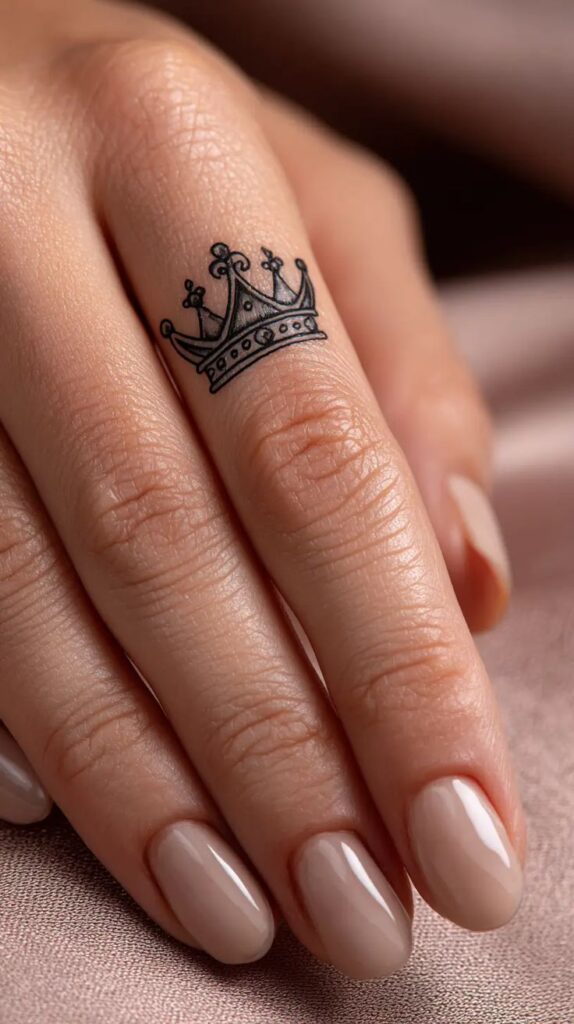
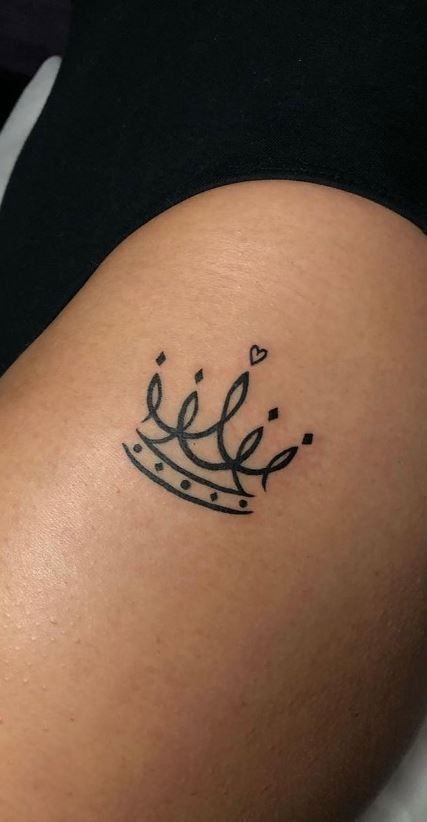
Once healed, maintaining your crown tattoo becomes a part of your regular skincare routine:
- Sunscreen is Your Best Friend: UV radiation is the primary cause of tattoo fading. Always apply a high-SPF sunscreen to your tattooed areas, even on cloudy days.
- Hydration: Keep your skin well-hydrated from the inside out by drinking plenty of water, and regularly moisturize your tattoo to keep the skin supple and the colors vibrant.
- Healthy Lifestyle: A balanced diet and good overall skin health contribute to the longevity of your tattoo.
- Touch-Ups: Over time, even the best tattoos can experience some fading or minor blurring, especially with intricate details or vibrant colors. A professional artist can perform touch-ups to restore its original crispness and vibrancy. Discuss this possibility with your artist during the initial consultation.
Treating your tattoo with the care it deserves ensures that your regal statement remains as sharp, vibrant, and impactful as the day you received it.
The Psychology Behind Choosing a Crown Tattoo
Beyond aesthetics and direct symbolism, the decision to get a crown tattoo often taps into deeper psychological motivations, particularly for discerning individuals. It’s an act of self-affirmation, a visual anchor for personal narratives and aspirations.
A Declaration of Self-Empowerment
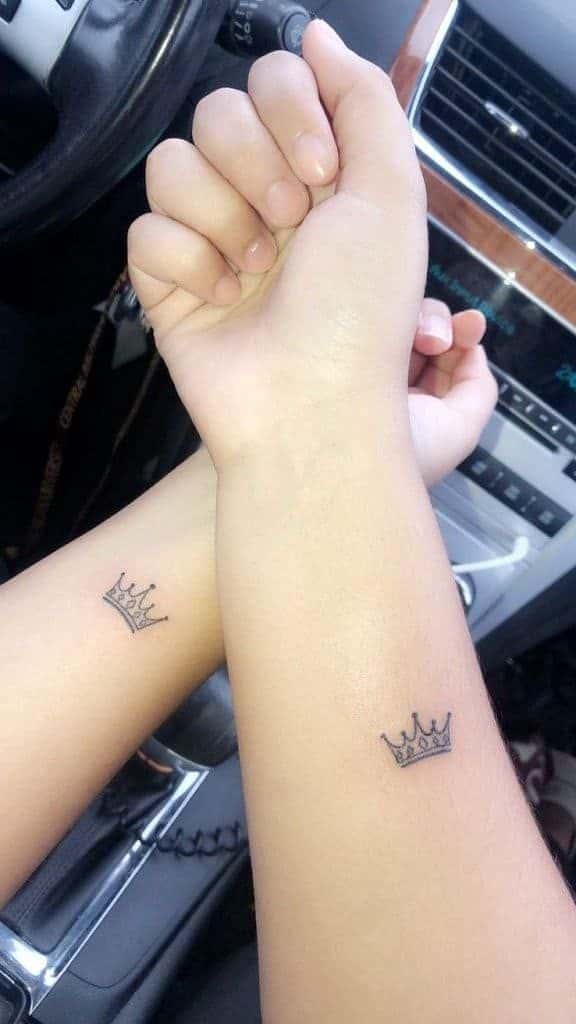

In a world that often seeks to define or diminish individuals, a crown tattoo can be a powerful counter-narrative. It’s a declaration of personal sovereignty, a reminder that one possesses intrinsic worth and the authority to navigate their own life. This can be especially potent for those who have faced challenges or societal pressures, transforming the tattoo into a symbol of reclaiming power and asserting identity.
A Beacon of Ambition and Resilience
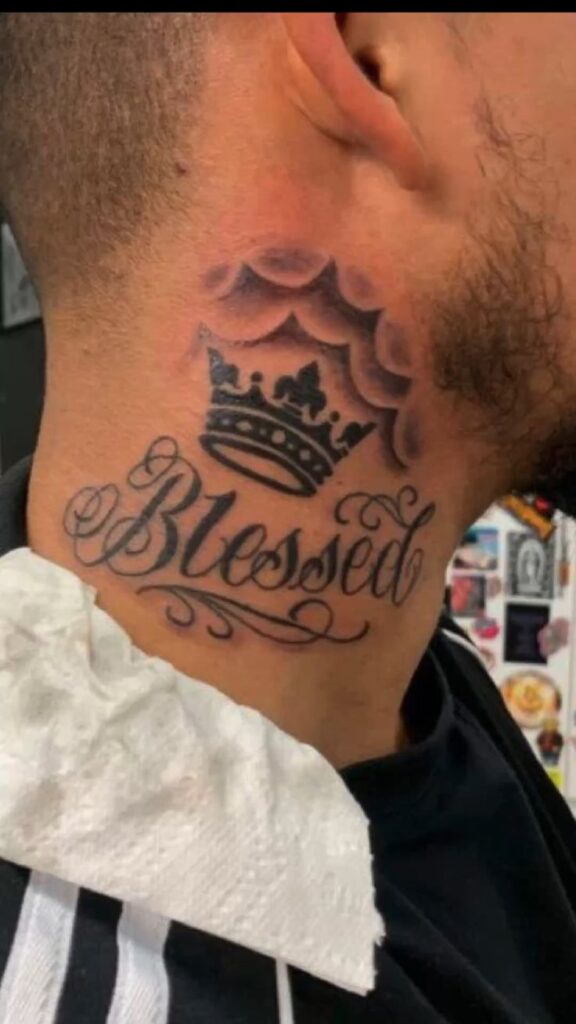
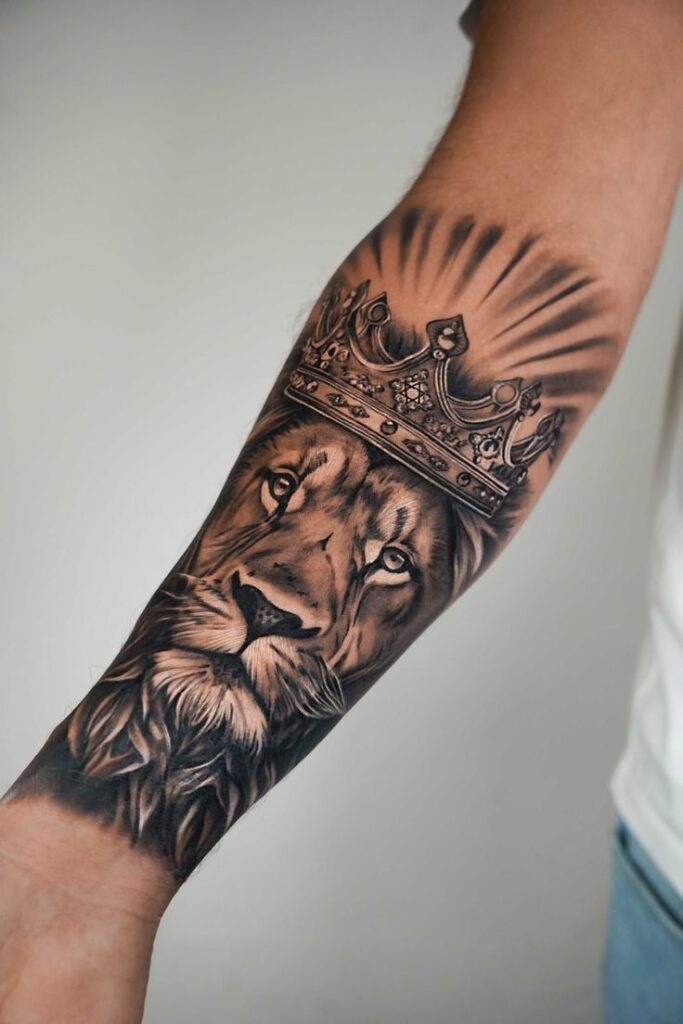
For many, the crown represents future aspirations and a commitment to personal growth. It can serve as a constant, visible reminder of goals—professional, personal, or spiritual—and the inner strength required to achieve them. When setbacks occur, the crown can silently communicate resilience, reminding the wearer of their inherent capacity to overcome and rise. It embodies the notion of “wearing your struggles as your crown,” turning adversity into a source of strength and wisdom.
Cultivating Leadership and Responsibility
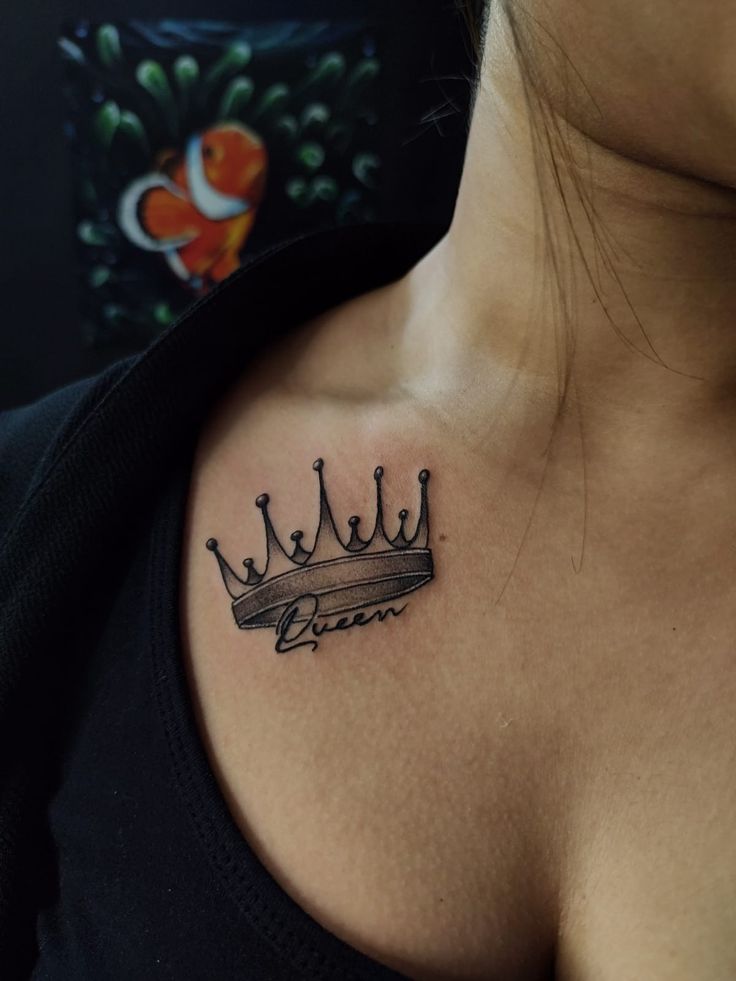
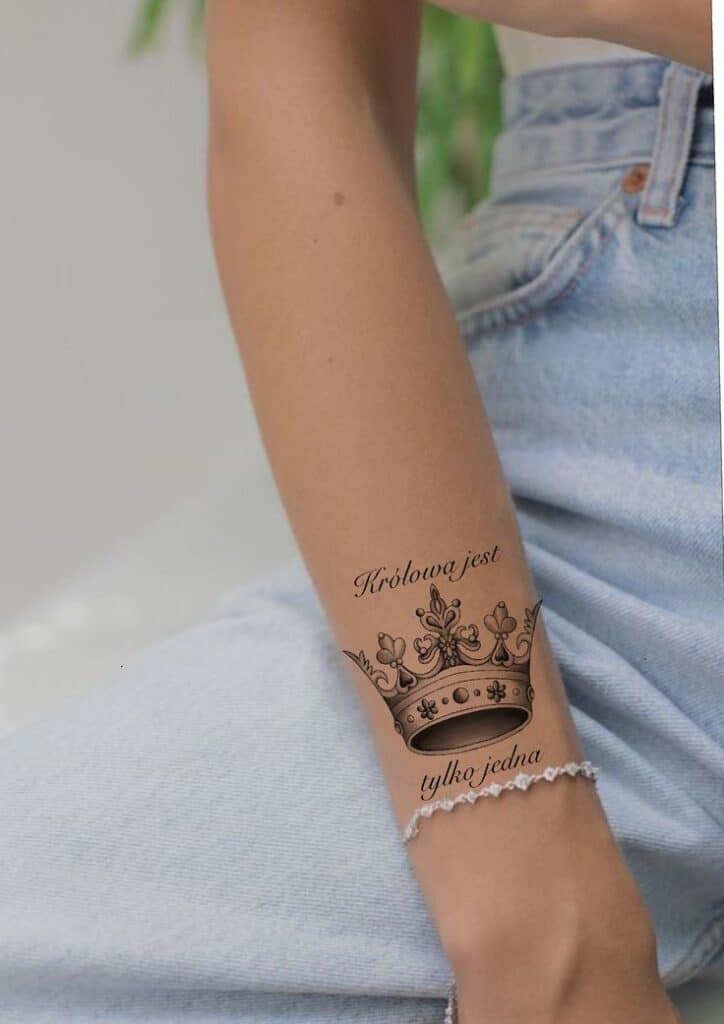
A crown tattoo can also be a psychological tool for cultivating leadership qualities. It might remind the wearer of their responsibility to lead by example, to make thoughtful decisions, and to influence their environment positively. It’s about embodying the best version of oneself, taking charge, and inspiring others, whether in a formal leadership role or simply within their personal sphere.
Aesthetic Appreciation as Self-Care
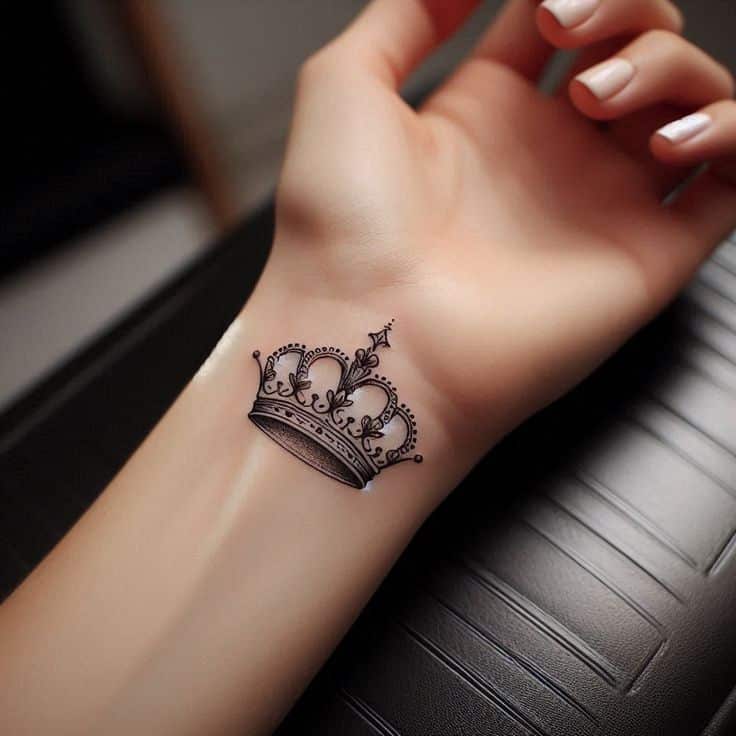

Finally, there’s the undeniable joy of aesthetic appreciation. Choosing a beautifully designed crown tattoo can be an act of self-care, an investment in something that brings visual pleasure and personal satisfaction. The elegance and artistry of the design contribute to a feeling of pride and contentment, reinforcing a positive self-image.
Ultimately, the psychology of a crown tattoo revolves around a deep-seated desire for self-recognition, empowerment, and a visible commitment to living a life of purpose and dignity. It transforms the body into a canvas for a profound personal manifesto.
Ethical Considerations and Cultural Sensitivity
When choosing any tattoo, especially one with significant historical and cultural weight like a crown, ethical considerations and cultural sensitivity are paramount. For discerning individuals, respecting the origins and varying interpretations of symbols is a crucial part of the process.
Understanding Historical and Cultural Context

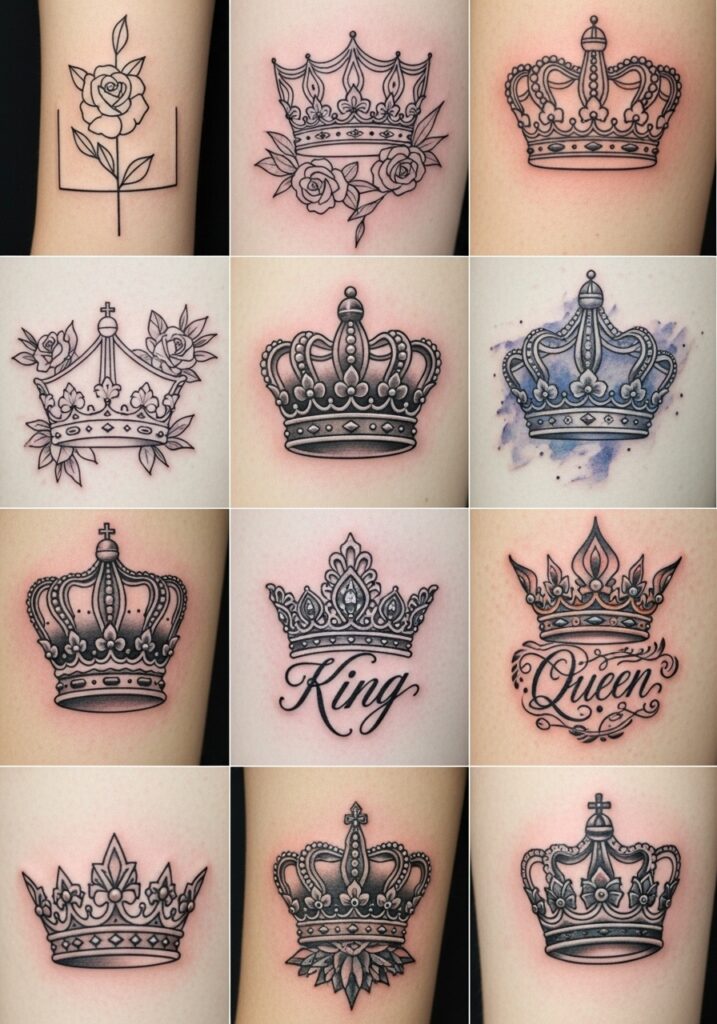
Crowns have been symbols of power and divinity across a vast array of cultures, from ancient Egypt to European monarchies, Indigenous tribal leaders, and various religious traditions. While the Western interpretation of a crown might be most prevalent in tattoo culture, it’s beneficial to be aware of other contexts.
- Avoid Cultural Appropriation: Be mindful if the specific style of crown you choose is directly linked to a particular culture or lineage that is not your own. While general crown symbolism is widely accepted, adopting a highly specific tribal or ethnic crown design without understanding or connection to that culture can be seen as appropriative.
- Personal Connection vs. Trendy Aesthetics: Ensure your decision to get a crown tattoo is rooted in genuine personal meaning rather than simply following a trend. When a symbol is chosen thoughtfully, it inherently carries more respect and authenticity.
Intent and Respect
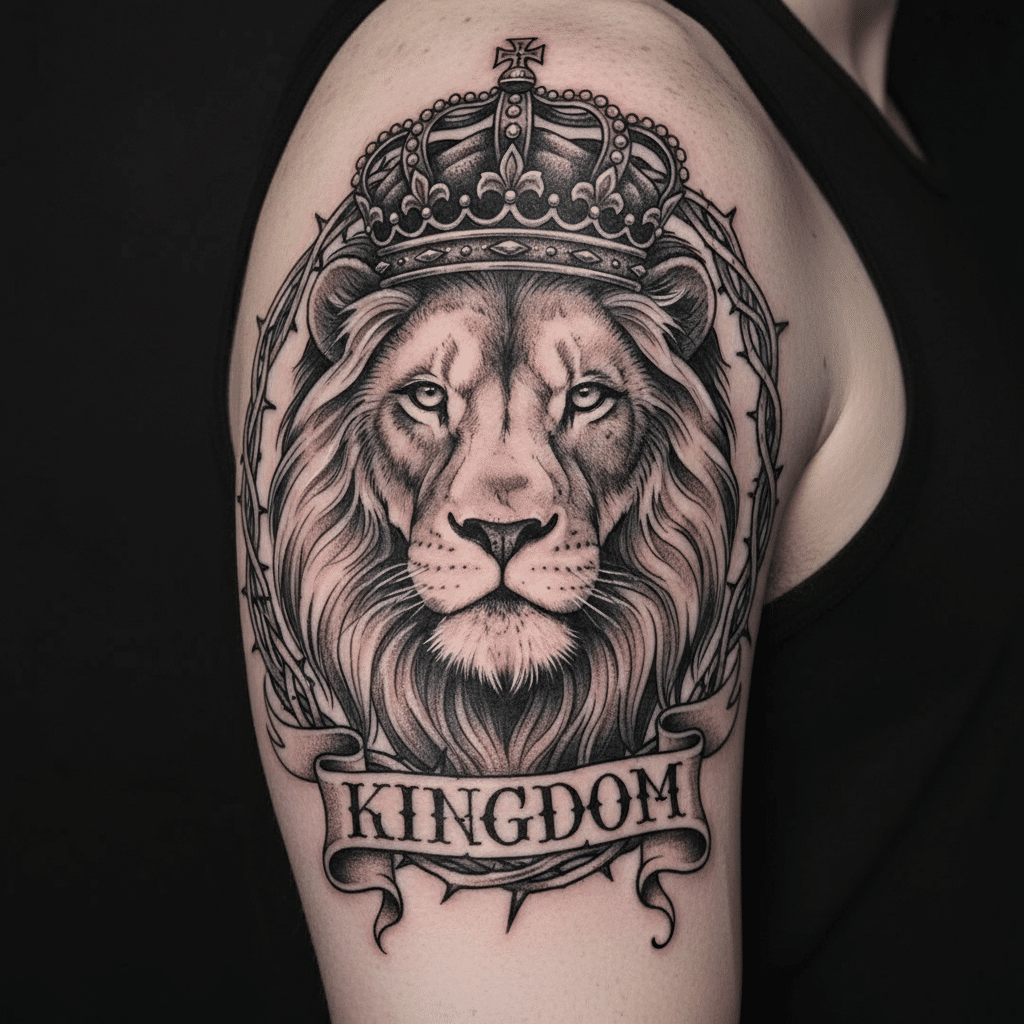

The key lies in intent and respect. If your crown tattoo is a personal symbol of self-worth, leadership, or overcoming adversity, and it doesn’t directly mimic a sacred or culturally specific crown from a group you don’t belong to, it is generally considered respectful. The beauty of the crown as a symbol is its universality in representing authority and value.
Engage in conversation with your tattoo artist, especially if they have expertise in symbolic art. They can offer insights and ensure your design is both unique to you and respectfully executed. A discerning individual’s choice of a crown tattoo should always reflect thoughtfulness, not just about personal expression, but also about the broader implications of the chosen symbol.
Conclusion
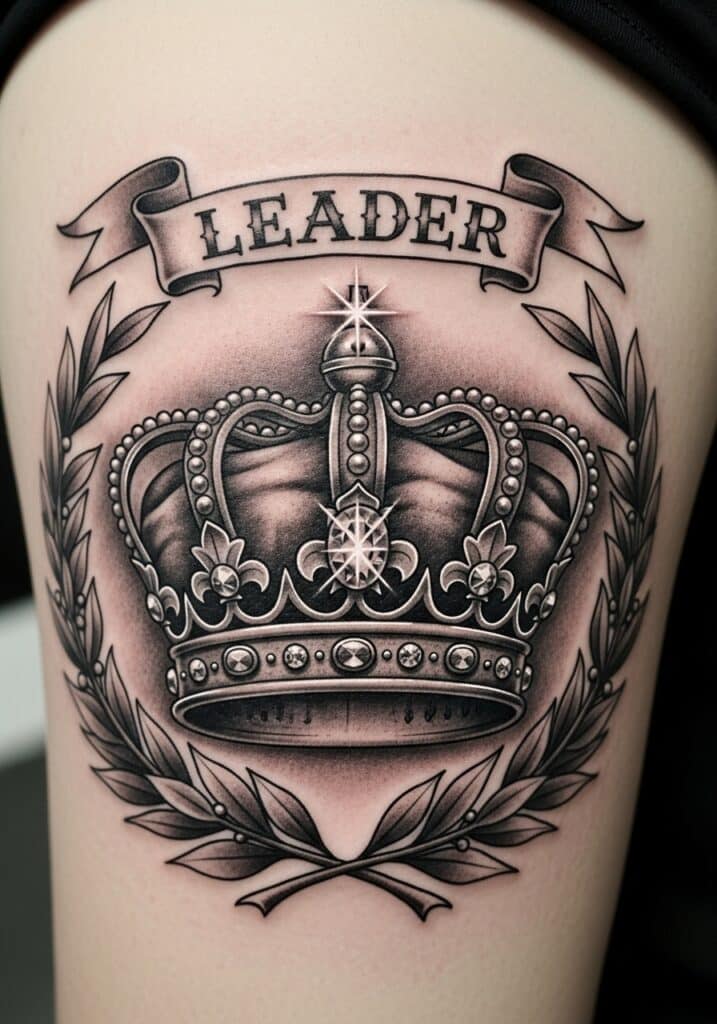
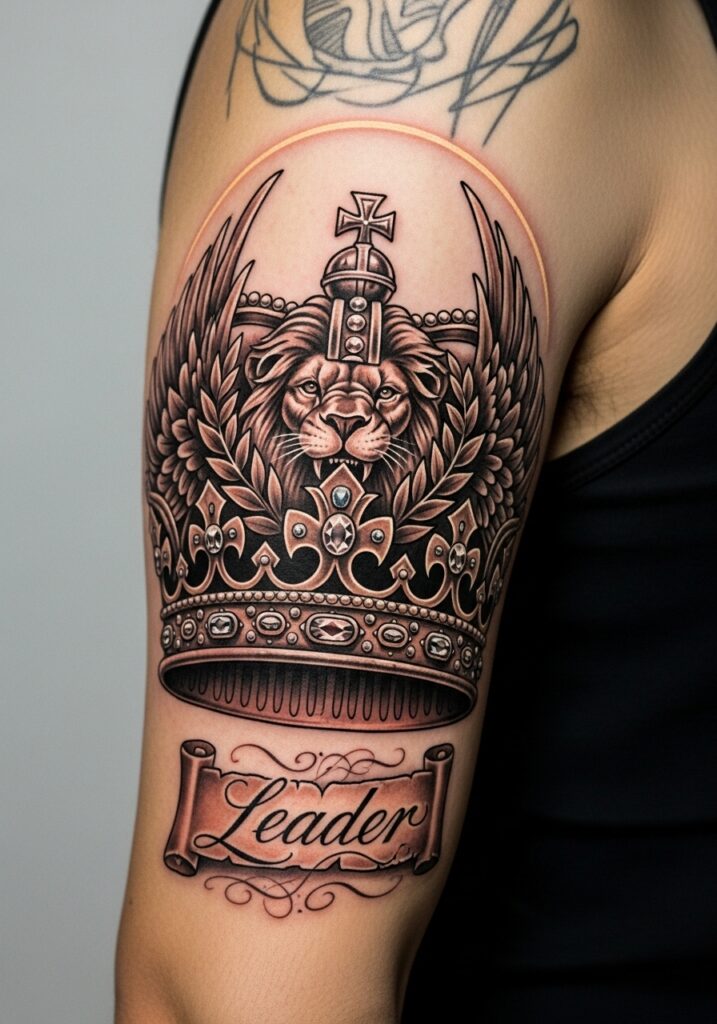
The professional crown tattoo offers discerning individuals a compelling avenue for profound self-expression. It transcends mere ornamentation, transforming into a deeply personal emblem of self-sovereignty, resilience, ambition, and inner strength. From the intricate filigree of a traditional royal crown to the clean lines of a minimalist design, each element is carefully chosen to convey a narrative of personal significance.
The journey to acquiring a truly exceptional crown tattoo is a thoughtful process, demanding meticulous consideration of its rich symbolism, precise design elements, strategic placement, and the unparalleled skill of a professional tattoo artist. It is an investment in a piece of enduring art that becomes an integral part of your identity, a constant reminder of the regal elegance you embody and the authority you hold over your own life.
Embrace the power of this timeless symbol. Seek out an artist who can translate your vision into a masterpiece of skin art, a crown that is uniquely yours, reflecting your journey, your triumphs, and your unwavering commitment to your highest self. Let your skin tell a story of dignity, strength, and unwavering personal sovereignty.
What is the symbolic significance of a crown tattoo in contemporary society?
A crown tattoo in modern times symbolizes self-sovereignty, achievement, dignity, leadership, resilience, spiritual connection, and respect, serving as a profound personal metaphor beyond its historical royal connotations.
How can the design of a crown tattoo be personalized to reflect individual meaning?
Personalization can involve incorporating unique elements such as birthstones, cultural motifs, meaningful dates or quotes, abstract symbols, and special accents that resonate with the wearer’s personal journey and identity.
What are the different styles of crown tattoo designs and their artistic characteristics?
Crown tattoo styles range from traditional realistic crowns with detailed jewels, minimalist line-based crowns that are subtle, to geometric and abstract interpretations appealing to modern aesthetics, allowing for versatile and personalized expression.
How should I choose the placement of my crown tattoo for maximum effect and significance?
Placement considerations include visibility and discretion; highly visible areas like the forearm or neck serve as public statements, while more private regions such as the rib cage or back can hold deeper personal meaning and serve as a private emblem.
What qualities should I look for in a professional tattoo artist when planning a crown tattoo?
An ideal artist should demonstrate exceptional line work, mastery of shading and depth, meticulous attention to detail, and an understanding of symbolism, ensuring the final design is both artistically refined and meaningful.
- 33shares
- Facebook0
- Pinterest33
- Twitter0


